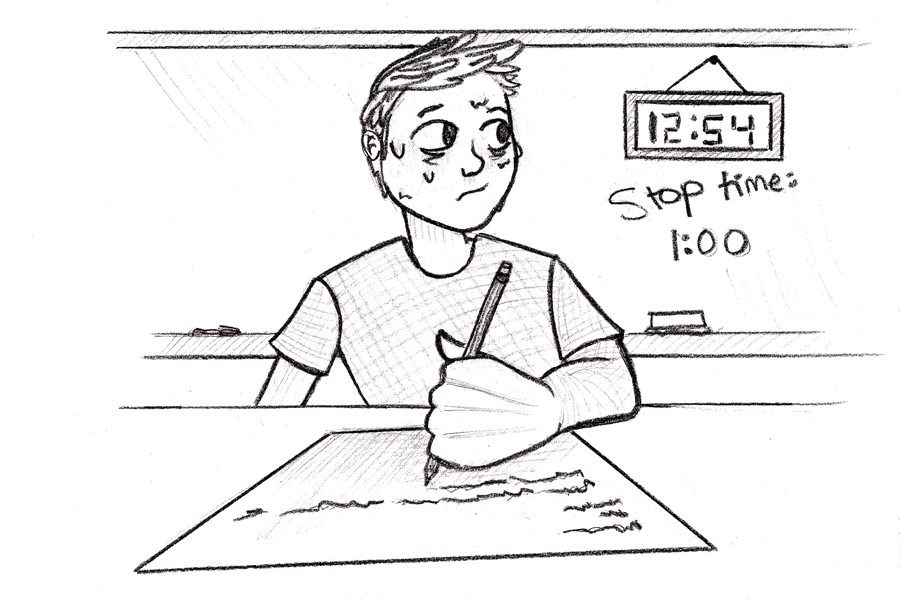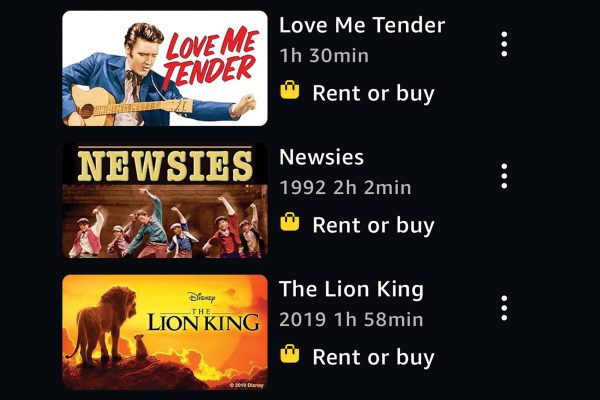The easy essay guide
September 21, 2015
In college, writing essays will be the podium at which you stand to voice your opinions.
Students can have a wide range of questions about format, voice, leads, conclusions, lengths and anything else revolving around the writing process. The reality is that essay writing is a lot more simple than people think.
School is there to prepare you for that important foundation of collegiate learning, but the pressure that can be put on students is overwhelming.
Writing an essay is like eating a steak. It’s painful to try to tear off and chew more than can be handled, but when taken in bite-sized pieces it’s easy to finish.
So, don’t try to tackle it head on the night before it’s due in a Red Bull induced, caffeine powered suicide mission. Instead, take 15 minutes of each day the few days before it’s due to focus on one part of the essay.
If an essay is due Friday, it’s ideal to work on the lead on Monday, body paragraphs Tuesday and Wednesday and the conclusion and edits on Thursday. That way the paper is more thought-out and prepared.
Also, many times in high school you will be given a timed essay during class or as a test. The format is the same, but research and preparation isn’t available, so be sure to use strong words and previous knowledge.
Having a plan doesn’t always mean an easy start. Writers should always choose a topic they are passionate about, but a lot of times in high school students aren’t always given a choice.
When there isn’t an option, it’s always best to find a personal connection to the subject given. That will help create a smooth foundation while writing.
The lead can cause some serious writer’s block and most times it’s the hardest part to get through. The first paragraph usually starts with an emotional, attention-grabbing sentence followed by information about the subject, and then a thesis.
A thesis is a sentence that coherently states the writer’s opinion on the matter and typically presents the topics that will be discussed in the following paragraphs.
For example, an essay about the benefits of smoothies may include a thesis that reads, “Smoothies are the best meal replaces because they are healthy, filling, and variable.”
Following the first paragraph are body paragraphs that unfold more information about the topics presented in your thesis. They should be well developed, researched and well presented.
While explaining how smoothies are healthy, a writer could include information about the vitamins in smoothies and even a recommendation from a nutritionist.
Every good argumentative essay should include a rebuttal, even though it’s usually optional for standardized testing. A rebuttal looks at the opposing side’s argument and then refutes it.
For example, a rebuttal in the smoothie essay could read, “some say that smoothies are not good meal replacers because they don’t have any protein, but many smoothie chains do provide the option of adding protein.”
By now the writer should be nearing the end. Most see the conclusion as repeated fluff, and by time they get to the conclusion they’re too tired to think of much more, but a conclusion is a vital part of an essay.
Usually when you’re writing an essay you’re turning it into a teacher or grader that has more than enough to read. You need something that makes you stand out. Throughout your paper you should have a distinct voice, something that makes it yours.
But, in a conclusion you must playfully use your words to create a smooth ending. Restate your thesis in different words, do not contradict yourself, and do not propose any new or irrelevant information.
Writing an essay shouldn’t be stressful or difficult, it should start to become natural with practice. Just remember to stay confident in yourself and your writing. That’s the most important factor into creating a flawless essay.



















